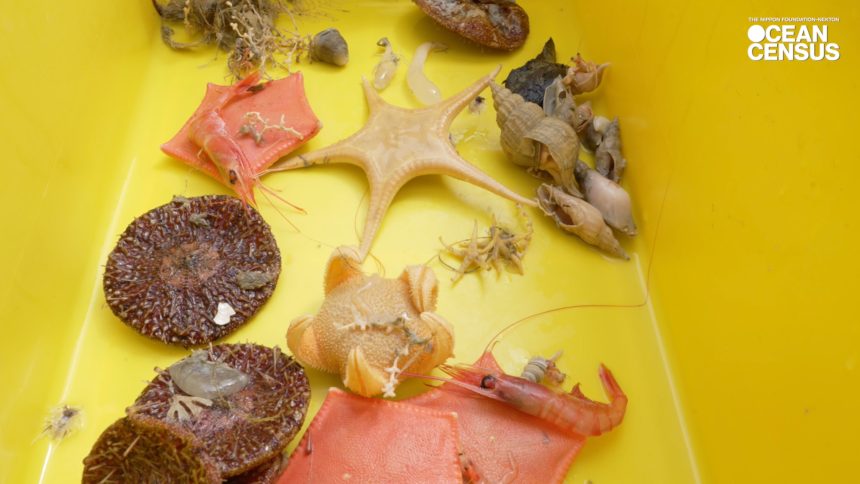Over a hundred possible new species that may be hiding in the dark depths of Earth’s oceans have been discovered by a group of daring scientists on an incredible journey into the unknown, shedding light on the enigmatic fabric of life that inhabits these remote marine habitats. Of the variety of new creatures, there is one very mysterious one that, due to its elusiveness, has captured the interest of scientists and the general public alike.
Dreaming Into the Void
These astounding discoveries were made possible by many expeditions into the ocean’s most unexplored regions. Equipped with cutting-edge marine gear, such as remotely controlled vehicles and submersibles intended for deep-sea exploration, the research teams set out to explore the mid-ocean ridges and abyssal plains. Some of the most extreme types of life on Earth may be found in these seldom-traveled areas, which are renowned for their harsh and brutal environments.
The Treasure Mine of Unknown Lives
These exploratory trips have yielded a diverse range of marine life, from unusual fish and crabs to fragile soft corals and sponges, representing a possible new species. Every newly discovered species offers a novel viewpoint on the intricate processes of adaptation and evolutionary survival tactics that predominate in the harsh environment of the deep ocean.
Of particular interest is the finding of an enigmatic being that defies standard categorization. With characteristics that are incompatible with any known marine species, this cryptic organism has sparked intense curiosity and conjecture among scientists, suggesting a possibly ground-breaking finding in marine biology.
Repercussions of the Findings
The discovery of these putative new species goes beyond scholarly interest and has important ramifications for our understanding of biodiversity and life’s ability to adapt to hostile environments. These findings highlight the enormous amounts of ocean space that have yet to be fully investigated and raise the prospect of ground-breaking discoveries in a variety of disciplines, including biotechnology and marine biology.
Particularly, the mysterious characteristics of the mystery species cast doubt on accepted scientific theories, underscoring the need for further research and thorough investigation. This is a sobering reminder of the enormous uncharted territory that lies under the surface of the ocean.
Managing Upcoming Obstacles
The deep-sea environment’s harsh pressures, freezing temperatures, and lack of light provide several challenges on the road to comprehending deep-sea life. The difficulties of doing research in these circumstances call for creative thinking and high-tech tools.
In order to solve the secrets that lurk in the ocean’s depths, future deep-sea missions will surely depend on international cooperation and technological breakthroughs. We want to discover new species and have more experiences with enigmatic beings as we continue to push the frontiers of our knowledge, which will deepen our grasp of the planet’s many ecosystems.
A Marine Science Era in Transition
An important turning point in the study of marine research has been reached with the identification of more than a hundred putative new deep-sea species, exemplified by the finding of a very elusive organism. These discoveries open up new avenues for investigation and study by illuminating the remarkable variety and adaptability of life at the ocean’s depths. We are constantly reminded of the incredible discoveries that lie ahead and the vital need to preserve the rich biodiversity of our planet’s seas for coming generations as we continue to explore these unexplored regions.








